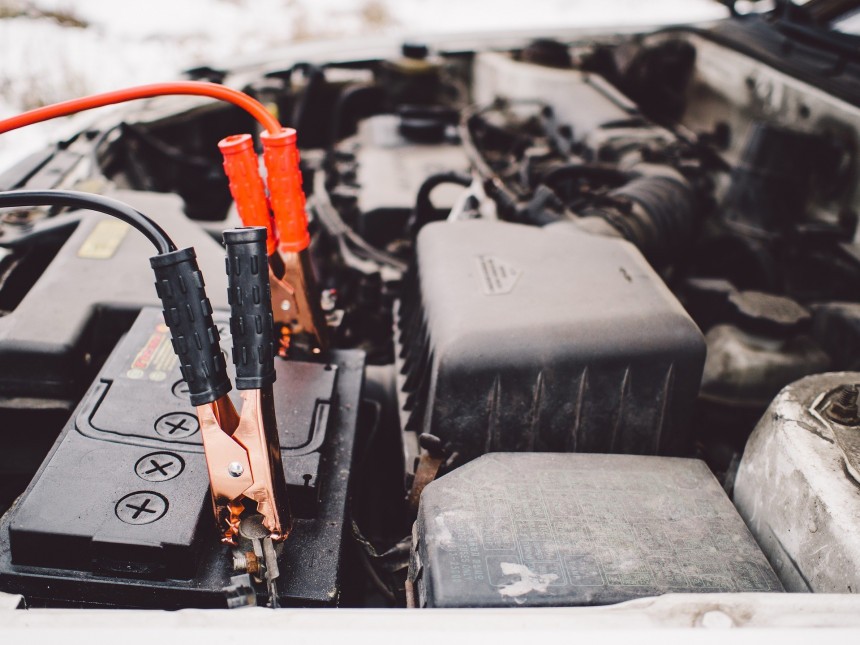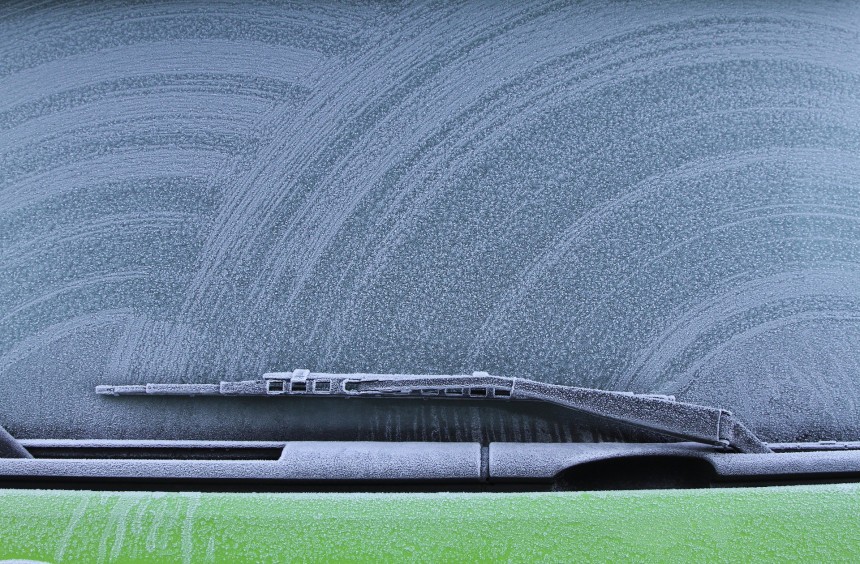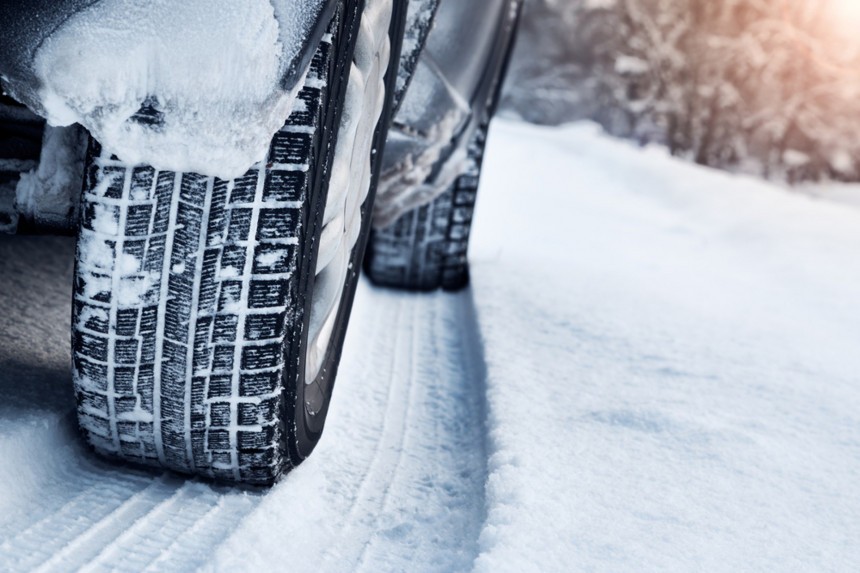Winter could be a serious challenge even for the most experienced driver. This is why thoughtful people winterize their cars to better fight snow, cold, and blizzard in the harshest of winters. Here are the top tips and things you should check on your car.
Modern cars have made such big progress in reliability that even in winter cold people are used to just turning the key (or pushing the start button) and driving off, without even thinking. Nevertheless, a well-prepared car will save you from the embarrassment of having to call assistance services from the side of the road or even save your life when this is happening in the middle of nowhere.
You might not realize it, but everything is critical in the winter, and assistance services statistics confirm the car is twice as likely to break up during winter. From the minor inconveniences to the greater dangers, a lot can go wrong because of the cold weather. The car battery is under a lot of strain, engine components have a tough life too in the cold, windshield covers in ice or mist, and the snow and ice on the road can get your car stuck or even injure you.
On top of that, winter conditions affect humans too, and the driver is under a lot of stress when driving in the cold season. This is why it is not only the car that must be prepared for the cold weather but also the driver. This means to set himself comfortably behind the wheel, drive as gently as possible, and be prepared for the unexpected. This sometimes means having warm clothes at hand and even water and food provisions in case the car gets stuck in the snow far away from any human settlement.
Be sure to thoroughly check your car at the start of the winter season. Sure, you should check your car regularly throughout the year, but in the winter, you should be a lot more serious about it. Start with the 12-volt battery, as this is the first to break down when the temperatures decrease below 25 degrees Fahrenheit (-4 degrees Celsius). This happens because the oil in the engine gets thicker with cold and as such the engine is harder to turn. Besides, the battery’s power output decreases in colder temperatures.
When you see the battery struggles to start your car, it is a sure sign it might be on its way out. You should also consider the age of the unit, as car batteries rarely last beyond four or five years of service. The best way to check is to buy yourself a home battery tester, as most of them are cheap and easy to use. If you already ended up with a dead car battery, your best bet is to call roadside assistance services or a local car battery seller that also offers installation services.
The next thing on the list is to check the cooling fluid, also known as coolant or antifreeze because of its ability to resist freezing. This should be changed periodically according to the car’s maintenance manual. You can test the antifreeze’s effectiveness by using an antifreeze tester. For that, unscrew the coolant reservoir cap under the hood, lower the tube into the coolant liquid and suck some antifreeze inside the tester. Make sure you do all that with a cold engine, otherwise you risk burns and scalding due to the hot steam that may burst out.
You should then be able to read the freezing point of the coolant. This should be below minus 10 degrees F (-23 degrees C). If this is not the case, the coolant should be replaced. This is not an amateur’s job, ask an expert or a professional to perform this operation.
Another important fluid to check is the windshield washing fluid. If you previously used a summer-type fluid, you should purge the system and replace the fluid with a winter-proof type. Frozen washing fluid will make outside visibility nearly impossible in adverse conditions. Also, in extreme cold, the washing fluid reservoir might break if it still has summer fluid inside. While you’re at that, you may as well check the screen wipers too. If they leave signs on the windshield you need to replace them with new ones.
Check the exterior lights, as you will need them a lot during winter. Keep the glass clean, as dirt can quickly build-up, reducing the effectiveness of the lights. It is wise to carry spare bulbs in case of failure, although replacing them is not a trivial job. It’s best to learn how to replace them when it is convenient. Usually, when one blows, it’s almost certainly in the dark and in adverse weather conditions, not an ideal time to learn new things about your car.
If you value your safety and often drive in winter, consider investing in a set of winter tires. They offer exceptional grip in the cold, as well as on snow and ice compared to summer or even all-season tires. You can either buy the tires and fit them on the car in a professional tire shop or you can buy an extra set of wheels with winter tires, that you can easily replace yourself. No matter what type of tires you use, it is worth checking their tread depth, as well as the correct air pressure. Be sure the latter will drop when it’s cold outside, so make sure to inflate the tires to the correct pressure indicated in your car’s manual.
Even when you ticked all the checkboxes, exceptional adverse conditions could make your car get stuck in the snow. For these extreme moments, it doesn’t hurt to carry an emergency kit in the trunk of your car. This should include at least a hazard warning triangle, a high-visibility vest, and a first-aid kit. A shovel, a tow rope, and an ice scraper will be of great help in the winter. By adding a phone charger and a torch you will be prepared for the worse, while warm clothes, food, and drinks will allow you to resist the cold until the rescue team arrives.
Also, you should have a set of rubber mats in the car. Not only do they protect the car’s carpet from wet and muddy shoes, but they can also be used in emergencies. Specifically, you can put the mats under the driven wheels of the car to get it moving should it get stuck in the snow.
You might not realize it, but everything is critical in the winter, and assistance services statistics confirm the car is twice as likely to break up during winter. From the minor inconveniences to the greater dangers, a lot can go wrong because of the cold weather. The car battery is under a lot of strain, engine components have a tough life too in the cold, windshield covers in ice or mist, and the snow and ice on the road can get your car stuck or even injure you.
On top of that, winter conditions affect humans too, and the driver is under a lot of stress when driving in the cold season. This is why it is not only the car that must be prepared for the cold weather but also the driver. This means to set himself comfortably behind the wheel, drive as gently as possible, and be prepared for the unexpected. This sometimes means having warm clothes at hand and even water and food provisions in case the car gets stuck in the snow far away from any human settlement.
When you see the battery struggles to start your car, it is a sure sign it might be on its way out. You should also consider the age of the unit, as car batteries rarely last beyond four or five years of service. The best way to check is to buy yourself a home battery tester, as most of them are cheap and easy to use. If you already ended up with a dead car battery, your best bet is to call roadside assistance services or a local car battery seller that also offers installation services.
The next thing on the list is to check the cooling fluid, also known as coolant or antifreeze because of its ability to resist freezing. This should be changed periodically according to the car’s maintenance manual. You can test the antifreeze’s effectiveness by using an antifreeze tester. For that, unscrew the coolant reservoir cap under the hood, lower the tube into the coolant liquid and suck some antifreeze inside the tester. Make sure you do all that with a cold engine, otherwise you risk burns and scalding due to the hot steam that may burst out.
You should then be able to read the freezing point of the coolant. This should be below minus 10 degrees F (-23 degrees C). If this is not the case, the coolant should be replaced. This is not an amateur’s job, ask an expert or a professional to perform this operation.
Check the exterior lights, as you will need them a lot during winter. Keep the glass clean, as dirt can quickly build-up, reducing the effectiveness of the lights. It is wise to carry spare bulbs in case of failure, although replacing them is not a trivial job. It’s best to learn how to replace them when it is convenient. Usually, when one blows, it’s almost certainly in the dark and in adverse weather conditions, not an ideal time to learn new things about your car.
If you value your safety and often drive in winter, consider investing in a set of winter tires. They offer exceptional grip in the cold, as well as on snow and ice compared to summer or even all-season tires. You can either buy the tires and fit them on the car in a professional tire shop or you can buy an extra set of wheels with winter tires, that you can easily replace yourself. No matter what type of tires you use, it is worth checking their tread depth, as well as the correct air pressure. Be sure the latter will drop when it’s cold outside, so make sure to inflate the tires to the correct pressure indicated in your car’s manual.
Also, you should have a set of rubber mats in the car. Not only do they protect the car’s carpet from wet and muddy shoes, but they can also be used in emergencies. Specifically, you can put the mats under the driven wheels of the car to get it moving should it get stuck in the snow.












